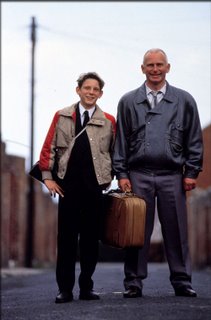 Audrey Rose (1977)
Audrey Rose (1977)Director: Robert Wise
When Robert Wise was given the assignment late in his career to direct this film of an apparent reincarnation "gone wrong," he was well prepared for the task. During his long career, Wise directed many tales of the eerie, such as the brilliant The Body Snatcher (1945) and The Haunting (1963). He also directed some of the finest women's films around, including I Want to Live! (1958) and So Big (1953). He also created two classic science fiction films, The Day the Earth Stood Still (1951) and The Andromeda Strain (1971). His respect for the subject matter of each of these disparate genres, his knowing direction of the women in his films, and the skill he brought to bear to create the appropriate mood for any story come together in Audrey Rose, a disturbing film that stands with the best of his work.
From the very beginning, Audrey Rose juxtaposes a happy, privileged family in New York City with a stranger in their midst. At first, that stranger can only be noticed by the observant viewer who doesn't glaze over during the first few minutes of a movie. As Janice Templeton (Marsha Mason), her husband Bill (John Beck), and their 11-year-old daughter Ivy (Susan Swift) walk and play in Central Park, a figure in a trench coat makes passing appearances--standing beside a tree, sitting among the empty seats of the park's bandshell. Later, this figure, a man with an enormous beard, stands outside Ivy's school. Janice notices him and becomes spooked, sure that he is after Ivy. She reports the encounter to Bill, whose entreaties to the police to protect their daughter cannot be acted upon; the stranger has done nothing but appear in public places, and there's no law against that.
As concerned as Janice is about the stranger, she is even more concerned about Ivy. Her daughter has been having nightmares and screaming fits, which occur around her birthday. These fits seem to have intensified over the years, and neither Janice nor Bill have made headway against them.
One day, Janice is late meeting Ivy after school. She searches the school, then sees Ivy run down an alley. She calls out, but Ivy doesn't answer. She chases Ivy into a dead end, but Ivy has vanished. When she turns around, she sees the stranger. He approaches her and says he is sorry for all the subterfuge and the disguise, but he had to be sure before they met.
The Templetons receive a Who's Who clipping in the mail that identifies the stranger as respected scientist Elliott Hoover (Anthony Hopkins), an apparent attempt to show he is not a crackpot. Eventually, the Templetons consent to meet him at a restaurant. There he tells them a tragic story of a car accident 11 years before that claimed the lives of his beloved wife and 5-year-old daughter Audrey Rose. Wise showed us this horrific accident in the opening sequence of the film. The car plunged down a ravine, rolled, and burst into flames. Hoover tells of his long period of mourning, broken when two spiritualists said that his wife's spirit was at peace but that Audrey Rose was alive. He recounts his odyssey in India where he studied Hinduism and came to believe in reincarnation. Then Hoover drops the bomb. He believes that Ivy Templeton is the reincarnation of his daughter, a "wrong" reincarnation that happened before her soul was able to come to terms with her short life and violent death. Bill and Janice's sympathy turns to anger, and they storm out of the restaurant and warn him to stay away from them and Ivy.
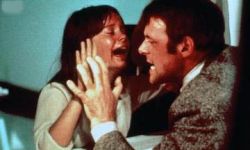 Of course, Hoover does no such thing. He comes to their home and talks his way in. The home is exactly as the spiritualists had described it. He is more sure than ever that Audrey Rose's spirit is alive in Ivy. He tells Janice that medical examiners determined that Audrey Rose lived a full five minutes after the car stopped rolling, was burned, and died of smoke inhalation. He gives his daughter's time of death. Janice reveals that Ivy was born a mere two minutes later. While he is there, Ivy has another screaming fit. Hoover calls to Audrey Rose as Ivy screams for "Daddy," and is able to soothe her. Janice is starting to doubt her own beliefs. Bill warns her not to be taken in and to keep Hoover well away from their home.
Of course, Hoover does no such thing. He comes to their home and talks his way in. The home is exactly as the spiritualists had described it. He is more sure than ever that Audrey Rose's spirit is alive in Ivy. He tells Janice that medical examiners determined that Audrey Rose lived a full five minutes after the car stopped rolling, was burned, and died of smoke inhalation. He gives his daughter's time of death. Janice reveals that Ivy was born a mere two minutes later. While he is there, Ivy has another screaming fit. Hoover calls to Audrey Rose as Ivy screams for "Daddy," and is able to soothe her. Janice is starting to doubt her own beliefs. Bill warns her not to be taken in and to keep Hoover well away from their home. Hoover attempts to come by again. Janice tells the doorman to refuse his entry. But then Ivy has another fit. She starts banging on the windows of her bedroom. The palms of her hands are burned, though a cold autumn rain is pelting the windows. Frantic, Janice tells the doorman to let Hoover in. He is able, once again, to calm her. Janice is starting to believe his story, but Bill is furious, feeling usurped as the father of Ivy and head of the household. He insists that Ivy needs psychiatric help, nothing more.
Hoover attempts to come by again. Janice tells the doorman to refuse his entry. But then Ivy has another fit. She starts banging on the windows of her bedroom. The palms of her hands are burned, though a cold autumn rain is pelting the windows. Frantic, Janice tells the doorman to let Hoover in. He is able, once again, to calm her. Janice is starting to believe his story, but Bill is furious, feeling usurped as the father of Ivy and head of the household. He insists that Ivy needs psychiatric help, nothing more.Ivy has another uncontrollable fit. Hoover appears again, but this time he removes her from the apartment. The doorman confirms that Hoover has sublet an apartment in the building. When Bill brings the police to Hoover's door, Hoover is arrested on a kidnapping charge. The rest of the film revolves around his highly publicized trial, which ends in a dramatic attempt by the prosecution to debunk Hoover's reincarnation defense--a past-life regression under hypnosis.
Reincarnation, Indian mysticism, and past-life regression were the vogue at the time this film was made, giving Audrey Rose a ripped-from-the-headlines feel. Never during the film are the acts of the apparently reincarnated Audrey Rose surrounded by excessive "spookiness" or violence, which keeps the story from devolving into the horror film it somewhat resembles in storyline and set-up--The Exorcist. Anthony Hopkins seems a bit too twitchy for my tastes, a bit too effete and intense. He was not yet completely in control of his technique, but nevertheless, we get the sense of a man shattered by grief and galvanized by a belief that events seem to justify.
John Beck, who has the thankless task of being the blustering heavy, actually comes across as a loving family man fighting for custody of his child against a man who has a claim that his wife comes to believe is legitimate. He is frustrated that Ivy runs to Hoover instead of him in her time of need, though when she is fully Ivy, she considers Bill to be her father. Indeed, she never really knows that Hoover thinks she is his daughter, because she only comes to him as Audrey Rose in her death throes. Susan Swift performs this emotional trauma over and over with utter conviction and fearlessness.
Marsha Mason is the real revelation in this film. I'm used to seeing her in lighter fare from Neil Simon, but I always recognized that she has a prodigious acting talent. Wise gets it all out of her and then some. She moves through a wide range of emotions believably and seamlessly, and comes to her belief in Audrey Rose honestly and with an enormous amount of love for her daughter. Wise's respect for the feminine point of view, developed on the women's films he directed, prevents Janice from being a mere foil for the men in the film or a flaky dupe.
This film comes down squarely on the side of reincarnation and the danger of meddling in matters of the spirit. As such, the ending is a bit too pat and optimistic, the only betrayal of the truth the film creates within its unique point of view. I was thrilled to be reminded what a wonderful director Robert Wise was. Audrey Rose is a lesser-known but no lesser effort from the master. l
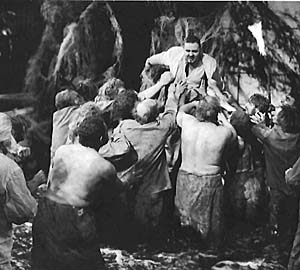
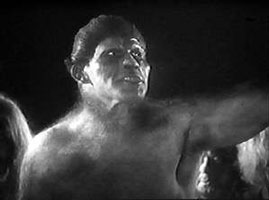
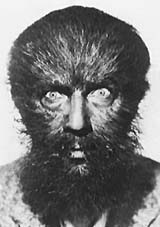
 Operazione Paura (alternate titles: Operation Fear; Kill, Baby, Kill; Curse of the Living Dead; Don’t Walk In The Park, 1966)
Operazione Paura (alternate titles: Operation Fear; Kill, Baby, Kill; Curse of the Living Dead; Don’t Walk In The Park, 1966) 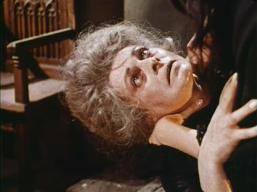

 The Singing Detective (TV, 1986)
The Singing Detective (TV, 1986)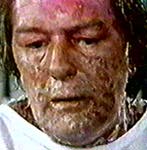

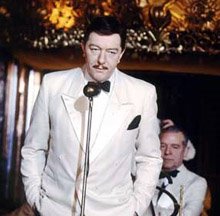
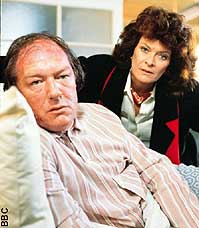
 Billy Elliott (2000)
Billy Elliott (2000)

